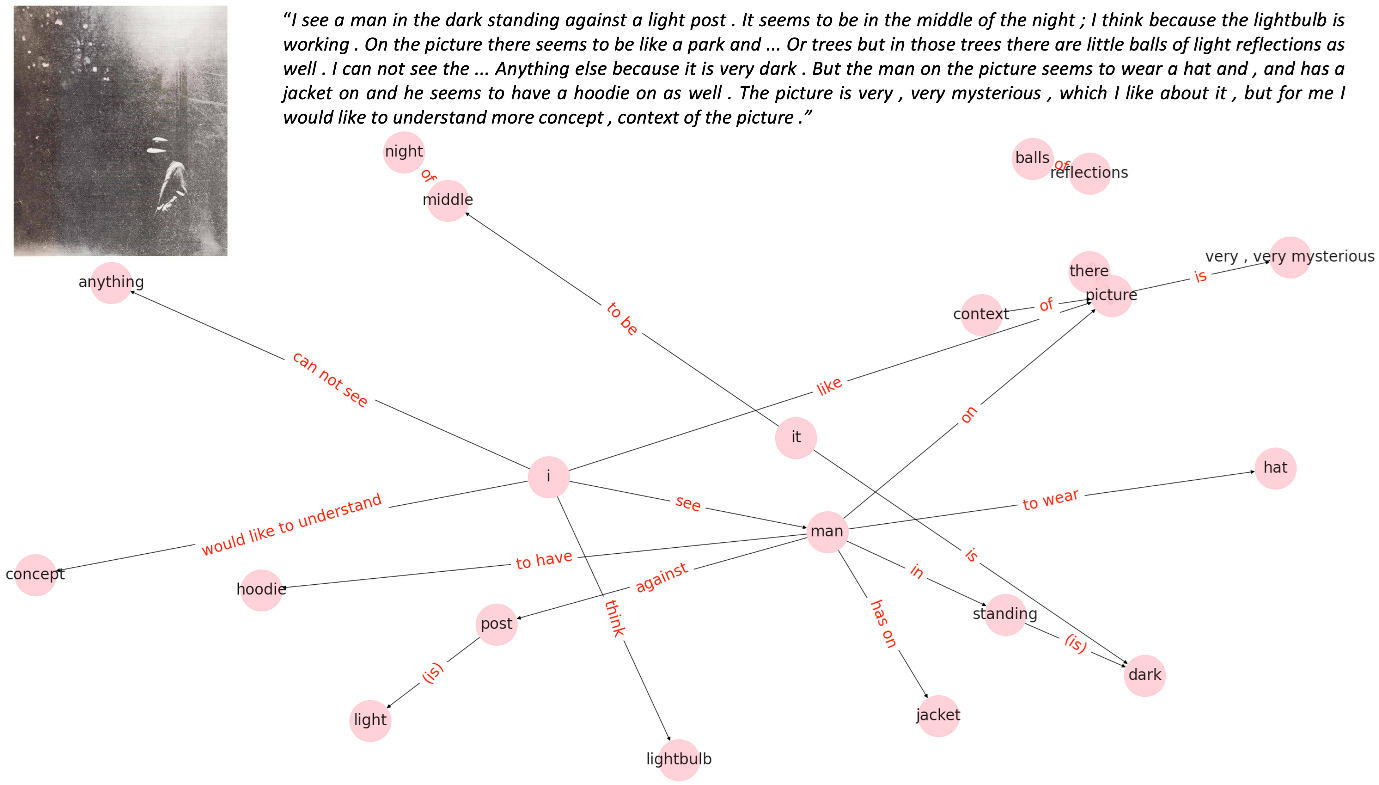How can we … use AI to redesign crutches?
27 June 2024
Dr Caroline Nettekoven, Postdoctoral Researcher, University of Cambridge and Dr Sarah Morgan, Accelerate Science Research Fellow, University of Cambridge
23 March 2023
Schizophrenia affects approximately 1 in 300 people. That’s roughly 24 million people across the globe . The condition is characterised by significant changes in how those affected perceive reality, as well as changes in behaviour, including persistent delusions, hallucinations and disorganized thinking. These changes sometimes manifest as speech that can be difficult to understand, for example it can sound like someone changes the subject mid-sentence.
Historically, speech from patients had to be studied manually by performing manual linguistic analyses, which are time consuming and require substantial expertise. Recently, new Natural Language Processing techniques have been developed that use computers to learn from language or speech, in an automated way. There are a number of ways these tools might be able to help us learn more about schizophrenia and, ultimately, improve outcomes for patients.
For example, being able to analyse speech data in an automated way means that much larger numbers of patients can be included in research studying speech in schizophrenia. In turn, that gives us greater scope to learn how altered speech might be related to other symptoms, cognitive measures or biomarkers such as altered brain connectivity patterns. There may also be opportunities to use speech data to provide clinicians with additional information about disease trajectories for individual patients, for example by predicting outcome for patients with early-stage mental health conditions, or predicting relapse for patients who want to try to reduce their medication.
Using speech to assess schizophrenia
In our research, we are testing the ability of natural language processing (NLP) techniques to capture speech abnormalities in patients with schizophrenia, as a first step towards these goals. We are interested in looking at the semantic aspect of speech – how words convey meaning - because we know it is often altered in psychosis, and our latest paper details a new tool to capture the semantic content of speech as a network. We dipped into existing NLP toolboxes and combined NLP with graph theory to come up with a tool, called netts, that is able to represent transcribed speech as networks. Graph theory is a branch of mathematics that can help visualise data as networks of nodes connected by lines. This approach focuses on the meaning of words instead of audio features of speech, pulling out different entities and visualising the relationships between them to map information.
To do this, we used data collected from three groups: a healthy control population, people at high risk of developing psychosis and patients with schizophrenia. Individuals were shown a picture and asked to describe it. Transcribed speech from these experiments was fed into the netts tool, which mapped key words or entities as ‘nodes’ and plotted the relationships between them as a network. You can see an example network from one of the speech transcripts in Figure 1.
We found there were some differences between the resulting semantic speech networks from healthy control subjects and psychosis patients. In particular, the speech networks from psychosis patients had smaller connected components or smaller ‘islands’ of connectivity than those of healthy controls, making them more closely resemble randomly-generated networks. Essentially, the patient networks look more fragmented than those from healthy control subjects.

Figure 1: Example semantic speech network, generated by netts.
Next steps
One possible application of the tool is using measures such as speech to try and predict or monitor when a patient with schizophrenia is beginning to relapse and notify a clinician who can help. Nonetheless, this type of application is still a way off at the moment- there is still work to do to test whether the speech measures we can extract can predict relapse, and, if so, to understand how best this information might be used in the clinic. To help enable this work to happen, we collaborated with the software engineering team at The Alan Turing Institute to package netts so it is simple to use, as well as writing documentation for it. We hope that by making the tool available to the wider research community, other scientists can test the tool in their own research studies and in other, larger datasets.
The tool could make an impact elsewhere too. The networks it creates are incredibly rich in information, capturing different levels of linguistics, including syntax and semantics, so we hope other researchers will explore the potential to use them to diagnose and monitor other mental health or neurodegenerative conditions, such as Alzheimer’s. Because it can take any text and turn it into a network, there could also be novel applications in other areas of research.
Dr Caroline Nettekoven is a postdoctoral researcher, previously based at the University of Cambridge and currently based at Western University, Canada.
Dr Sarah Morgan is a Departmental Early Career Fellow in the Accelerate Programme, based in the Department of Computer Science and Technology.
Netts is available as an open Python package here, along with tutorials guiding through setup and analysis. Further information is available on Caroline Nettekoven’s website.
Nettekoven, C.R., Diederen, K., Giles, O., Duncan, H., Stenson, I., Olah, J., Gibbs-Dean, T., Collier, N., Vértes, P.E., Spencer, T.J., Morgan, S.E., McGuire, P. Semantic Speech Networks Linked to Formal Thought Disorder in Early Psychosis, Schizophrenia Bulletin, Volume 49, Issue Supplement_2, March 2023, Pages S142–S152, https://doi.org/10.1093/schbul/sbac056